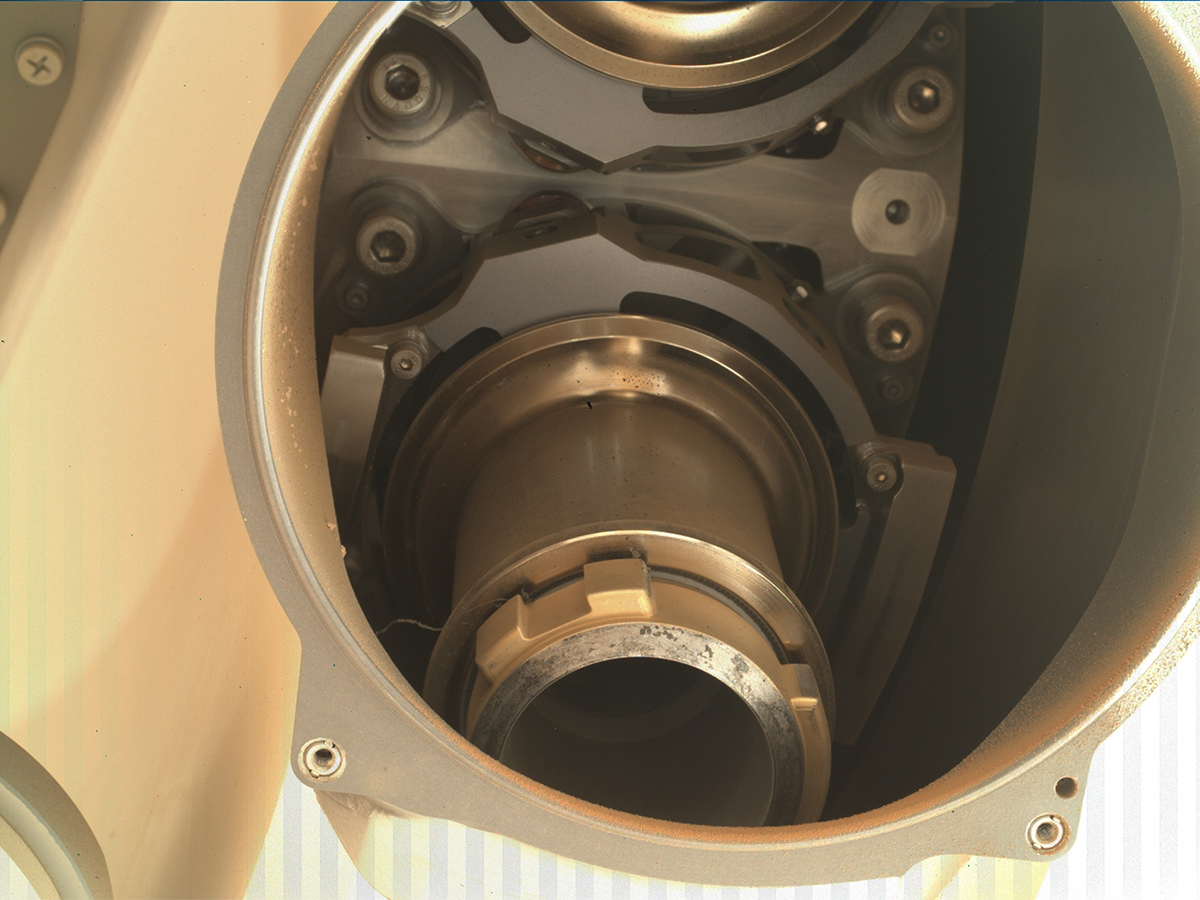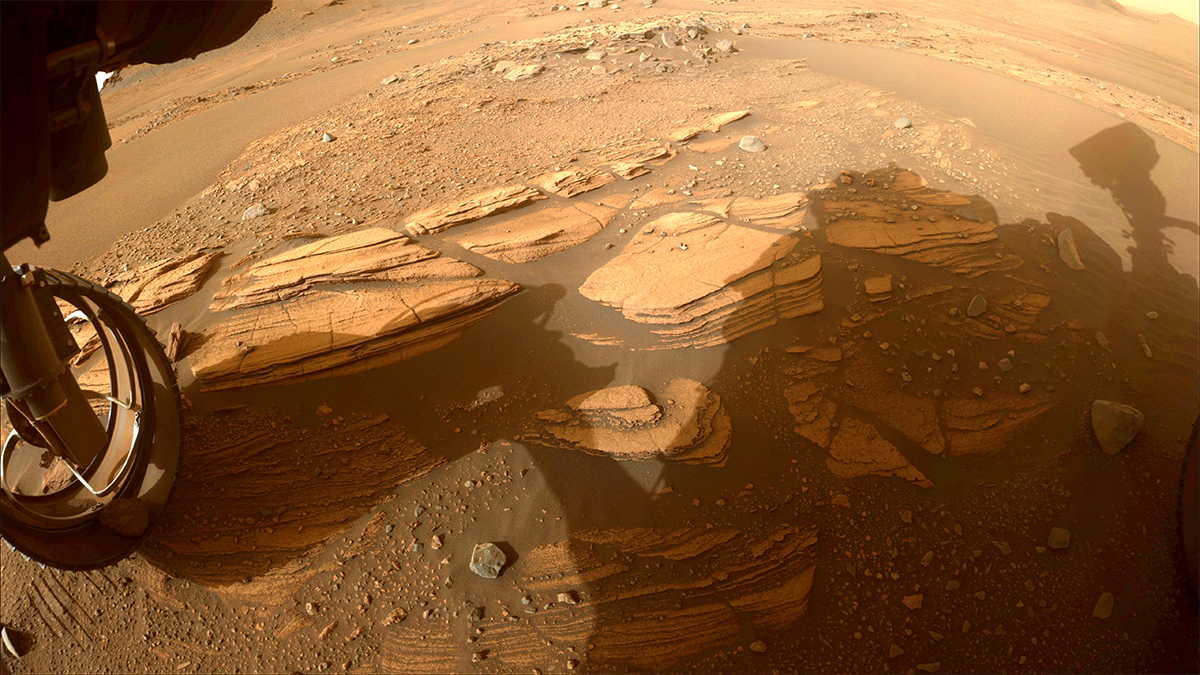3 min read

After an extended stay at “Wildcat Ridge,” the Perseverance team is preparing to head southwest to another sedimentary outcrop on the Jezero Crater delta called Enchanted Lake. This site has enchanted our science team since we first visited it back April.
The drive to “Enchanted Lake” is expected to begin in the next few days with arrival in early September.
Before beginning the drive, we’ll continue efforts to assess the two small, string-like pieces of foreign object debris (FOD) detected on one of the rover’s coring bits. The rover team feels comfortable moving forward due to progress made in its FOD investigation. Since first identified Aug. 5 in imagery of the rover’s sample collection system after a 12th rock core sample was taken, the FOD has been the focus of several methodical diagnostic activities in an attempt to better understand the nature of the debris.

We’ve commanded the rover to move, rotate, or vibrate components we think could harbor FOD. And we’ve obtained multiple sets of images of the components from different angles and in different lighting conditions from rover cameras: Mastcam-Z, Navcam, Hazcam, Supercam, and even the WATSON (Wide Angle Topographic Sensor for Operations and eNgineering) camera located on the rover’s turret. Finally, a thorough review of recent coring and bit-exchange activities confirm that they all executed nominally with no indication of interference from the FOD.
Analysis of the latest round of imaging, downlinked earlier today, indicates that while the two small pieces remain visible in the upper part of the drill chuck, no new FOD has been observed. In addition, imagery taken of the ground beneath the robotic arm and turret, as well as the rover deck, also showed no new FOD.
Our present status reminds me of another FOD issue we encountered in January of this year. Back then, it was small pebbles in the bit carousel. Even though we knew the carousel was robust and built to operate in a dirty environment, we took our time to better understand the situation before moving on. I think the same will hold here. Our drill is also robust and designed for dirty environments. That, combined with the fact that we have detected no new debris, gives us confidence that we can begin to move forward (literally as well as figuratively) with our Jezero Delta science investigation while continuing to do all we can to better understand the origin of the debris.
Next stop, Enchanted Lake!
Written by Steven Lee, Perseverance Deputy Project Manager at NASA's Jet Propulsion Laboratory
